
A bid to government for £460million to transform health care in east Kent has been rejected.
The funding from the government’s New Hospitals Programme had been earmarked to radically improve services in east Kent but East Kent Hospitals University Foundation Trust – which oversees hospitals including Margate’s QEQM – has now been informed that the bid has been denied.
It means there is now uncertainty over how the Trust will go forward with its hospital transformation proposals, which had two options – the creation of a new “super” hospital in Canterbury or expansion of emergency services at the William Harvey in Ashford and QEQM in Margate.
Both options would result in a removal of some services from Margate’s QEQM with the Canterbury proposal meaning a loss of Margate’s A&E to be replaced by an urgent treatment centre.
However, the first phase of a multi-million-pound expansion of the emergency department at QEQM was completed last November featuring a new children’s emergency department, large new treatment areas for adults, dedicated areas for patients with mental health needs, a new entrance for patients and waiting area.
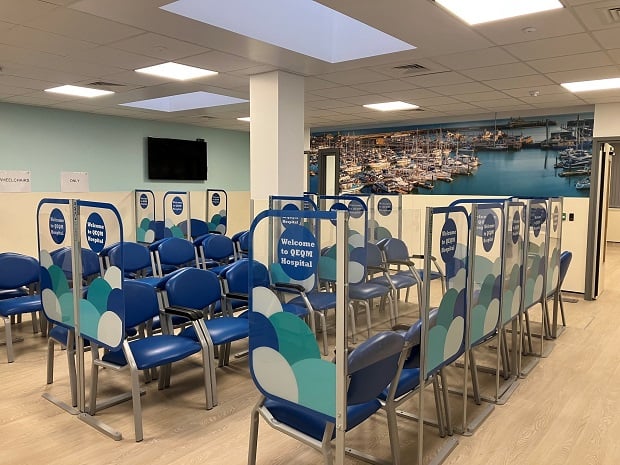
It also included staff facilities, dedicated spaces for clinical teaching, staff rest areas and work spaces.
The second phase of the department’s transformation included extensive renovations within the existing department to create a new rapid assessment area and more areas for patients with mental health needs and the third phase is to expand and renovate the resuscitation area.
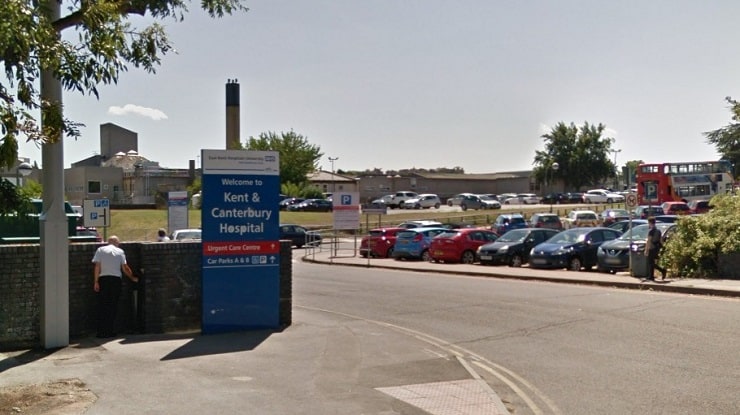
The Canterbury “super” hospital plan had been for a facility built on farmland next to the ageing Kent and Canterbury Hospital, in Ethelbert Road.
Developers Quinn Estates had proposed to build the shell of the hospital for free as part of a wider housing development of 2,000 homes on surrounding land, with the NHS having to find the money to equip it.
The five-storey building would have hosted a major emergency unit for east Kent, with specialist services such as heart and stroke care centralised in the city.
The alternative option was to improve and expand existing A&E services at Ashford’s William Harvey Hospital. Under this option QEQM would retain an A&E.
Planning for the changes stretches back to 2017.
Kent & Medway health chiefs said the aim was to provide better care for patients, improve working conditions for staff and help meet the 2050 net zero carbon targets.
A Pre-Consultation Business Case (PCBC) was approved by Kent and Medway Clinical Commissioning Group’s Governing Body and East Kent Hospitals University NHS Foundation Trust’s Board in July 2021.
However, county councillors were told in December 2021 that the programme could not move forward to formal public consultation on the options until approval of Treasury funding was secured.
The funding would have been used for:
- New wards, operating theatres and inpatient areas
- Clinical support services such as outpatients, radiology, pathology, audiology and pharmacy services
- Specialist service investment in areas such as renal, urology, vascular, endoscopy and NICU (neonatal intensive care unit)
- Funding for diagnostics, tests, and scans and to support wider hospital infrastructure.
At the end of 2021 the Trust calculated that at least £211m capital investment was needed to maintain safe services over the next five years, if the bid for £460m was not successful.
This included essential upgrades to the estate and equipment including £60 million required to expand and refurbish the maternity units at QEQM and William Harvey hospitals. The Care Quality Commission (CQC) has told East Kent Hospitals University NHS Foundation Trust that it must make immediate improvements to its maternity services following an inspection in January which saw the service’s rating drop from requires improvement to inadequate.
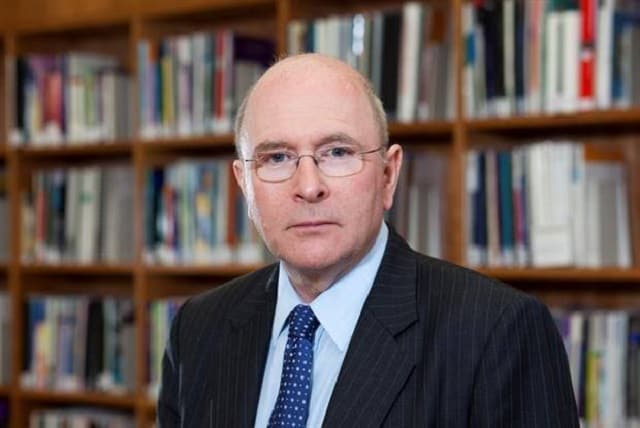
Niall Dickson, Chair of East Kent Hospitals said: “It is extremely disappointing that East Kent has been denied the critical investment we need to create the modern hospital services local people need and have a right to expect.
“Every pound spent fixing aging buildings and equipment is better invested in improving standards for patients.
“We will work with our staff, public, partners in health and social care and politicians to draw up a set of priorities for investment and continue to maximise future funding opportunities.”
The Trust is seeking £60m investment in a separate bid for the improvement of maternity units.
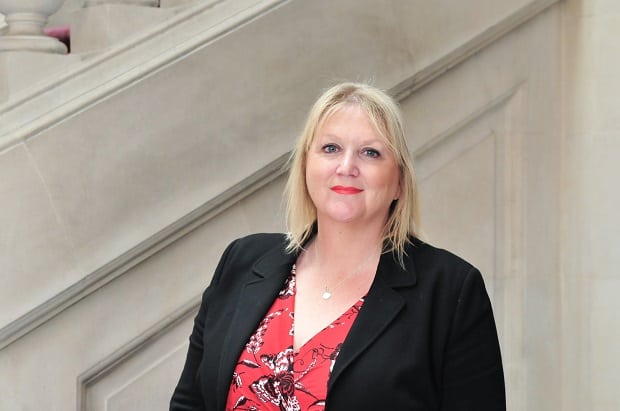
County Councillor Karen Constantine said the rejection was “terrible news” and questioned what the impact would be.
She said: “We need to understand the full, short and medium and long term impact of this decision. How will this impact the recruitment and retention of staff, particularly those clinicians in areas where we have shortages, obstetrics and midwifery for instance.
“What are the plans for major trauma? Are we still dependent on London to provide this and what does their capacity look like?
“In line with population growth can we meet the increase in beds required?
“What is the current condition of buildings? What is the scale of repairs needed? Is there sufficient budget?
“What is the direct impact on maternity services, which is especially important given the recent Kirkup Inquiry.”
‘Significant fall out’
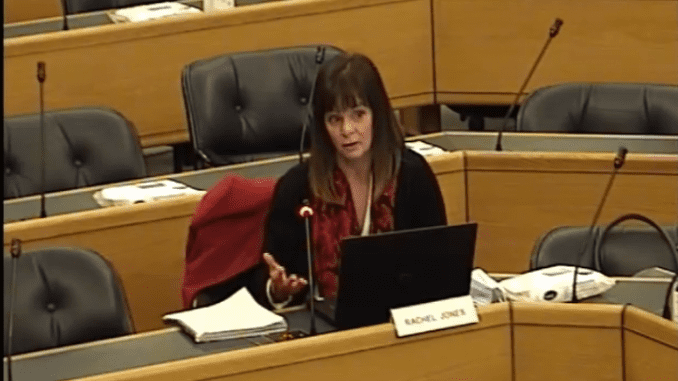
In December 2021 Rachel Jones, who was then executive director for strategy at Kent and Medway Clinical Commissioning Group (CCG),warned of significant fall out if the funding was not approved.
She said backlog maintenance requirements in East Kent Hospitals would rise to unprecedented levels over the next five years and 78% of Trust buildings would continue to need significant investment to meet modern standards, costing at least £121m just to catch up with basic maintenance required on the buildings,
She also predicted a loss of up to £600m of economic impact to east Kent’s businesses; and said the opportunity to create up to 400 jobs (up to 7,800 ‘job years’2 ) across east Kent would be lost.
Additionally she said more than half of beds would still be provided in old fashioned ‘nightingale’ wards, the opportunity of developing over 570 ensuite rooms and bays would be lost and more than 1,200 inpatients would continue to be transferred between hospitals each year, to get access from more than one specialist team.

A spokesperson for Save Our NHS in Kent (SONiK) said: “SONIK has challenged these plans to ‘transform’ A&Es in east Kent because they would have reduced vital NHS services, leaving locals with longer ambulance journeys and fewer highly trained staff to care for serious emergencies.
“The details of the plans were never provided in full to the public – we have been waiting to see the details for the last six years. We’re glad neither of the two options for urgent care (including A&E and maternity) will now go ahead, but we will carefully scrutinise any new plan that arises.
“We would prefer to see an A&E and full maternity care provided with good levels of staffing in each of east Kent’s three district general hospitals – QEQM, William Harvey and Canterbury – and we will continue to push for that. We will also be asking questions about how this affects the proposals for Kent’s acute stroke services.
“Another big question is the staffing crisis. According to the RCN 75% of nursing shifts are short staffed. Every day health care professionals are bombarded with adverts from New Zealand, Canada, Dubai tempting them to lucrative jobs with better terms and conditions. Many take up those offers. With 12,000 doctor vacancies and 50,000 registered nurse vacancies in the NHS, this should be the government priority.”
New Hospital Programme
The New Hospital Programme was set up in 2020 to build 40 new hospitals in England by 2030, with a further 8 schemes to be added.
However, eight of the 22 larger hospital rebuild projects have been delayed while seven others are now being prioritised and the government says it will now be a “rolling” programme going beyond the 2030 target date.

